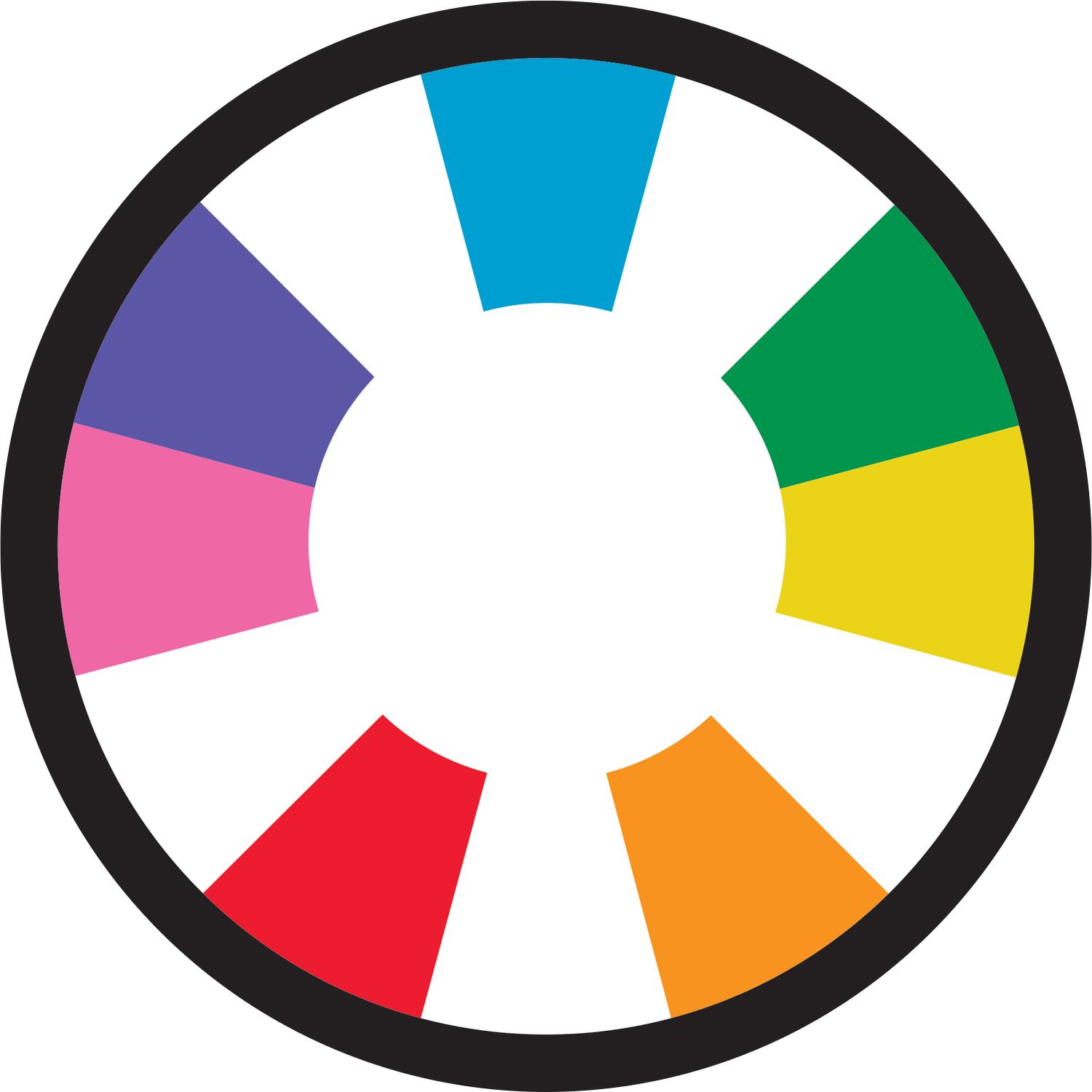Discover The Magic of Color-Coded Music: A Fun Way to Learn Faster
Have you ever looked at sheet music and felt like it was written in a secret code? You’re not alone! For beginners—especially kids and visual learners—reading traditional black-and-white notation can feel like cracking a puzzle. That’s where Color-Coded Music comes in and begins to change everything.
By simply assigning a unique color to the 7 natural notes, and two colors to the 5 sharp and flat notes, Color-Coded Music makes learning more intuitive, engaging, and yes—even fun. Whether you’re a parent teaching your child, a teacher looking for better tools, or an adult learning for the first time, color-coded music helps you get started with confidence.
Let’s dive into how it works, who it’s for, and why more people are choosing this vibrant approach to music education.
What Is Color-Coded Music?
Color-Coded Music is a beginner-friendly system that uses colors to represent musical notes. Instead of just seeing a blank fretboard, learners can quickly identify notes based on their assigned colors. For example:
C is green
D is blue
E is indigo
F is violet
G is red
A is orange
B is yellow
These colors are used consistently across music resources and the instrument itself. On a guitar, for instance, color-coded stickers are placed on the frets to match the notes on any visual reference.
The result? Music starts to feel less like math homework and more like a colorful adventure.
Why Color-Coded Sheet Music Works
It's More Engaging for Young Learners
Kids are naturally drawn to bright colors. When you combine color with music, it creates a fun, game-like experience that holds their attention longer. Practicing suddenly becomes something they want to do.
It Reduces the Learning Curve
Learning music can be overwhelming at first. With Color-Coded Music, students don’t have to memorize the names of notes or struggle with complex music theory right away. The colors offer a visual shortcut to help them understand and play melodies faster.
It Builds Confidence Early On
When beginners can create a song within a few minutes, it boosts their confidence. They feel successful—and that motivates them to keep learning.
It Supports Different Learning Styles
Visual learners especially benefit from this method. But auditory learners, too, find it easier to match sounds with notes when they can see a color association. Some students with ADHD or dyslexia also thrive using color-coded systems, as it makes processing information less stressful.
Who Should Use Color-Coded Music?
The beauty of this method is that it’s not limited to any one age or skill level. Here’s who can benefit most:
Young children just starting out on piano, ukulele, guitar, xylophone, or bells.
Music teachers who want a more effective way to introduce notation instruction.
Parents homeschooling music with little or no teaching experience but keeping it fun.
Adults learning an instrument for the first time or looking to expand their skills.
Students with learning challenges who need extra colorful visual support.
No matter where you are on your musical journey, color-coded music helps you build a strong foundation.
How to Get Started with Color-Coded Music
You don’t need anything fancy to begin. Just follow these simple steps:
1. Choose your instrument – Piano, percussion instruments, guitars and ukuleles work great with color-coded systems.
2. Apply our sticker guides – Use color-coded stickers that match the colors on our color-coded music resources.
3. Practice simple melodies – Start with songs like “Mary Had a Little Lamb” or “Twinkle Twinkle Little Star” as we already know these internally.
4. Progress gradually – As you get more comfortable, you can slowly transition into reading traditional notation if you want.
One great place to find beginner-friendly materials is Musical Colors—they offer visual sticker guides and color-coded resources perfect for learners of all ages.
Does It Replace Traditional Notation?
This is a common question, and the answer is: not at all. Color-Coded Music is meant to support traditional music learning—not replace it.
Think of it like training wheels on a bike but ones you never have to remove. Once a student becomes confident and understands how notes work, they can transition to black-and-white sheet music. Many students naturally begin to recognize the positions of notes even without color over time, as our ears, eyes, fingers and brain work together.
So it’s not a shortcut—it’s a stepping stone.
Final Thoughts: Bring Joy Back to Music Learning
Learning music doesn’t have to feel hard. With Color-Coded Music, you can turn frustration into fun, confusion into clarity, and hesitation into confidence. It’s a proven method that makes music more accessible, especially for visual learners and complete beginners.
If you’ve been searching for a better way to teach or learn music, this could be your answer.
Ready to see the difference color can make?
Explore color-coded instrument sticker guides, and starter tools at MusicalColors.com. Let’s make music learning a colorful, joyful experience for everyone.

